1. 1- Salem M, Rohani S, Gillies ER. Curcumin, a promising anti-cancer therapeutic: a review of its chemical properties, bioactivity and approaches to cancer cell delivery. RSC Adv. 2014;4(21):10815-29. [
Link] [
DOI:10.1039/c3ra46396f]
2. Hatcher H, Planalp R, Cho J, Torti FM, Torti SV. Curcumin: from ancient medicine to current clinical trials. Cell Mol Life Sci. 2008;65(11):1631-52. [
Link] [
DOI:10.1007/s00018-008-7452-4]
3. Burish TG, Jenkins RA. Effectiveness of biofeedback and relaxation training in reducing the side effects of cancer chemotherapy. Health Psychol. 1992;11(1):17-23. [
Link] [
DOI:10.1037/0278-6133.11.1.17]
4. Dutta AK, Ikiki E. Novel drug delivery systems to improve bioavailability of curcumin. J Bioequiv Bioavailab. 2013;6(1):001-9. [
Link]
5. Ma M, Sun T, Xing P, Li Z, Li S, Su J, et al. A supramolecular curcumin vesicle and its application in controlling curcumin release. Colloids Surf A Physicochem Eng Aspects. 2014;459;157-65. [
Link] [
DOI:10.1016/j.colsurfa.2014.06.043]
6. Elsabahy M, Wooley KL. Design of polymeric nanoparticles for biomedical delivery applications. Chem Soc Rev. 2012;41(7);2545-61. [
Link] [
DOI:10.1039/c2cs15327k]
7. Nicolas J, Mura S, Brambilla D, Mackiewicz N, Couvreur P. Design, functionalization strategies and biomedical applications of targeted biodegradable/biocompatible polymer-based nanocarriers for drug delivery. Chem Soc Rev. 2013;42(3):1147-235. [
Link] [
DOI:10.1039/C2CS35265F]
8. Zhu X, Fryd M, Tran BD, Ilies MA, Wayland BB. Modifying the hydrophilic−hydrophobic interface of PEG-b-PCL to increase micelle stability: Preparation of PEG-b-PBO-b-PCL triblock copolymers, micelle formation, and hydrolysis kinetics. Macromolecules. 2012;45(2);660-5. [
Link] [
DOI:10.1021/ma202530v]
9. Aliabadi HM, Elhasi S, Mahmud A, Gulamhusein R, Mahdipoor P, Lavasanifar A. Encapsulation of hydrophobic drugs in polymeric micelles through co-solvent evaporation: the effect of solvent composition on micellar properties and drug loading. Int J Pharm. 2007;329(1-2):158-65. [
Link] [
DOI:10.1016/j.ijpharm.2006.08.018]
10. Song Z, Zhu W, Liu N, Yang F, Feng R. Linolenic acid-modified PEG-PCL micelles for curcumin delivery. Int J Pharm. 2014;471(1-2):312-21. [
Link] [
DOI:10.1016/j.ijpharm.2014.05.059]
11. Peng W, Jiang XY, Zhu Y, Omari-Siaw E, Deng WW, Yu JN, et al. Oral delivery of capsaicin using MPEG-PCL nanoparticles. Acta Pharmacol Sin. 2015;36(1):139-48. [
Link] [
DOI:10.1038/aps.2014.113]
12. Izunobi JU, Higginbotham CL. Polymer molecular weight analysis by 1H NMR spectroscopy. J Chem Educ. 2011;88(8):1098-104. [
Link] [
DOI:10.1021/ed100461v]
13. Yang CS, Wu HC, Sun JS, Hsiao HM, Wang TW. Thermo-induced shape-memory PEG-PCL copolymer as a dual-drug-eluting biodegradable stent. ACS Appl Mater Interfaces. 2013;5(21):10985-94. [
Link] [
DOI:10.1021/am4032295]
14. Yallapu MM, Jaggi M, Chauhan SC. Curcumin nanoformulations: a future nanomedicine for cancer. Drug Discov Today. 2012;17(1-2):71-80. [
Link] [
DOI:10.1016/j.drudis.2011.09.009]
15. Gupta SC, Kismali G, Aggarwal BB. Curcumin, a component of turmeric: from farm to pharmacy. Biofactors. 2013;39(1):2-13. [
Link] [
DOI:10.1002/biof.1079]
16. Kunnumakkara AB, Bordoloi D, Harsha C, Banik K, Gupta SC, Aggarwal BB. (2017) Curcumin mediates anticancer effects by modulating multiple cell signaling pathways. Clin Sci. 2017;131(15):1781-99. [
Link] [
DOI:10.1042/CS20160935]
17. Shehzad A, Lee J, Lee YS. Curcumin in various cancers. Biofactors. 2013;39(1):56-68. [
Link] [
DOI:10.1002/biof.1068]
18. Letchford K, Burt H. A review of the formation and classification of amphiphilic block copolymer nanoparticulate structures: micelles, nanospheres, nanocapsules and polymersomes. Eur J Pharm Biopharm. 2007;65(3):259-69. [
Link] [
DOI:10.1016/j.ejpb.2006.11.009]
19. Rhim T, Lee KY. Exosome and polymersome for potential theranostic applications. Macromol Res. 2016;24(7);577-86. [
Link] [
DOI:10.1007/s13233-016-4045-1]
20. Adams ML, Lavasanifar A, Kwon GS. Amphiphilic block copolymers for drug delivery. J Pharm Sci. 2003;92(7):1343-55. [
Link] [
DOI:10.1002/jps.10397]
21. Alibolandi M, Ramezani M, Abnous K, Sadeghi F, Hadizadeh F. Comparative evaluation of polymersome versus micelle structures as vehicles for the controlled release of drugs. J Nanopart Res. 2015;17(2);1-16. [
Link] [
DOI:10.1007/s11051-015-2878-8]
22. Peng S, Hung WL, Peng YS, Chu IM. Oligoalanine-modified Pluronic-F127 nanocarriers for the delivery of curcumin with enhanced entrapment efficiency. J Biomater Sci Polym Ed. 2014;25(12):1225-39. [
Link] [
DOI:10.1080/09205063.2014.924059]
23. Mohanty C, Acharya S, Mohanty AK, Dilnawaz F, Sahoo SK. Curcumin-encapsulated MePEG/PCL diblock copolymeric micelles: a novel controlled delivery vehicle for cancer therapy. Nanomedicine. 2010;5(3):433-49. [
Link] [
DOI:10.2217/nnm.10.9]
24. De Villiers MM, Aramwit P, Kwon GS, editoes. Nanotechnology in drug delivery. Berlin: Springer; 2008. [
Link] [
DOI:10.1007/978-0-387-77667-5]
25. Wu Q, Wang N, He T, Shang J, Li L, Song L, et al. Thermosensitive hydrogel containing dexamethasone micelles for preventing postsurgical adhesion in a repeated-injury model. Sci Rep. 2015;5:13553. [
Link] [
DOI:10.1038/srep13553]
26. Rusen L, Neacsu P, Cimpean A, Valentin I, Brajnicov S, Dumitrescu LN, et al. In vitro evaluation of poly (ethylene glycol)-block-poly (ɛ-caprolactone) methyl ether copolymer coating effects on cells adhesion and proliferation. Appl Surf Sci. 2016;374;23-30. [
Link] [
DOI:10.1016/j.apsusc.2015.08.214]
27. Kulthe SS, Choudhari YM, Inamdar NN, Mourya V. Polymeric micelles: authoritative aspects for drug delivery. Des Monom Polym. 2012;15(5);465-521. [
Link] [
DOI:10.1080/1385772X.2012.688328]
28. Vinod BS, Antony J, Nair HH, Puliyappadamba VT, Saikia M, Narayanan SS, et al. Mechanistic evaluation of the signaling events regulating curcumin-mediated chemosensitization of breast cancer cells to 5-fluorouracil. Cell Death Dis. 2013;4:e505. [
Link] [
DOI:10.1038/cddis.2013.26]
29. Sharma RA, Gescher AJ, Steward WP. Curcumin: the story so far. Eur J Cancer. 2005;41(13):1955-68. [
Link] [
DOI:10.1016/j.ejca.2005.05.009]
30. Anand P, Kunnumakkara AB, Newman RA, Aggarwal BB. Bioavailability of curcumin: problems and promises. Mol Pharm. 2007;4(6);807-18. [
Link] [
DOI:10.1021/mp700113r]
31. Zou P, Helson L, Maitra A, Stern ST, McNeil SE. Polymeric curcumin nanoparticle pharmacokinetics and metabolism in bile duct cannulated rats. Mol Pharm. 2013;10(5);1977-87. [
Link] [
DOI:10.1021/mp4000019]































